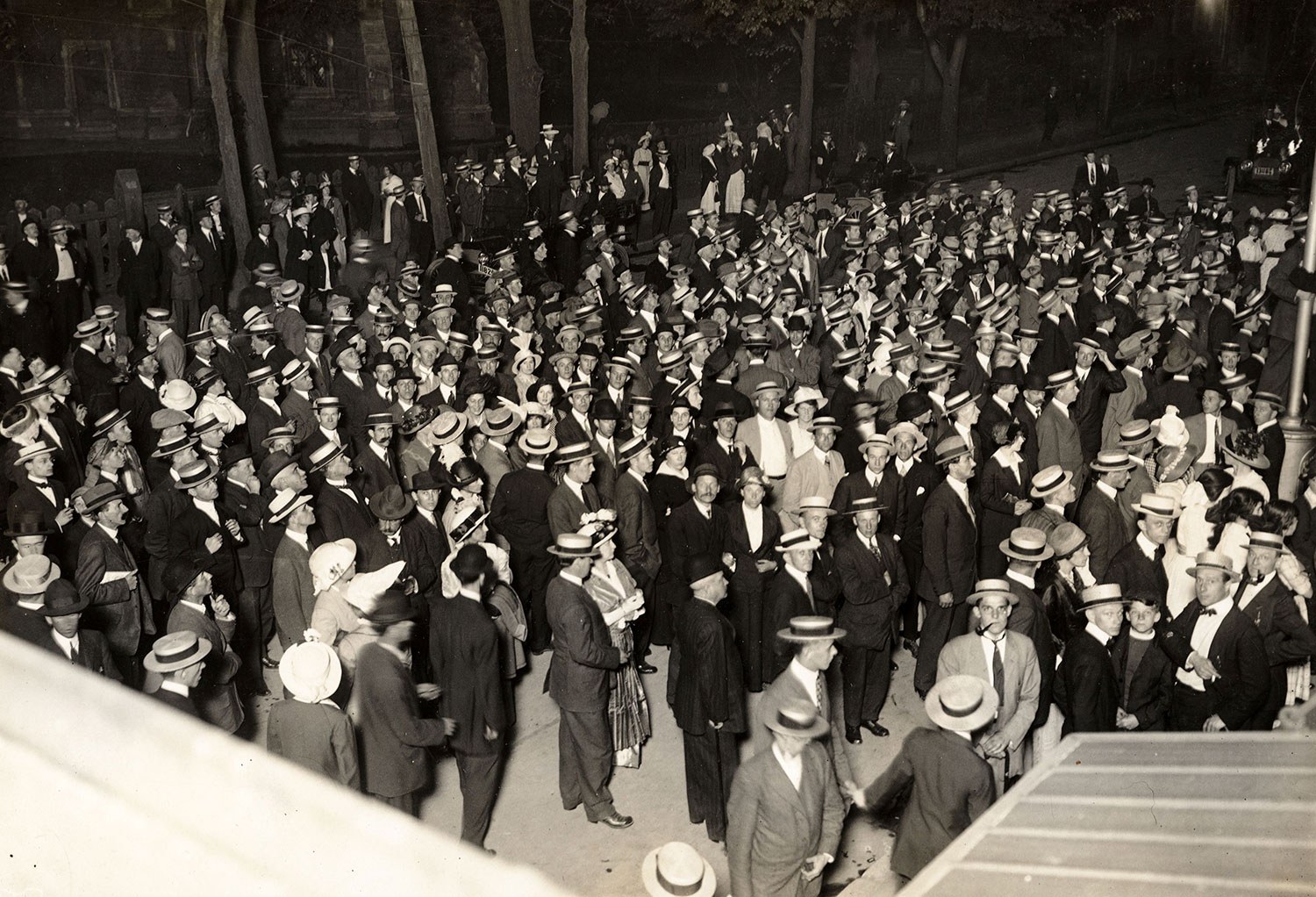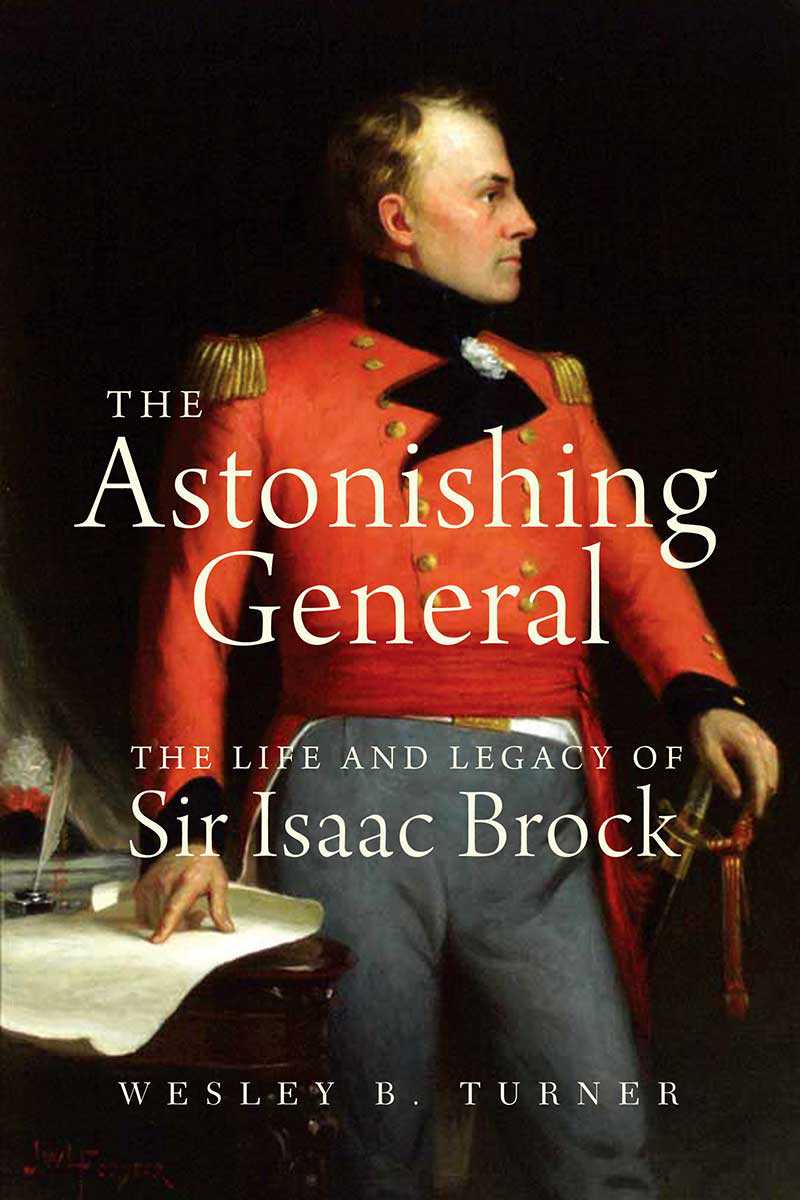

Browse by category
- Adaptive reuse
- Archaeology
- Arts and creativity
- Black heritage
- Buildings and architecture
- Communication
- Community
- Cultural landscapes
- Cultural objects
- Design
- Economics of heritage
- Environment
- Expanding the narrative
- Food
- Francophone heritage
- Indigenous heritage
- Intangible heritage
- Medical heritage
- Military heritage
- MyOntario
- Natural heritage
- Sport heritage
- Tools for conservation
- Women's heritage
Resources: On the eve of war: Ontario in 1914
The War That Ended Peace: The Road to 1914, by Margaret MacMillan, Allen Lane Canada (an imprint of Penguin Canada Books Inc.), 2013.
In November 1915, Winston Churchill, then-First Lord of the Admiralty for Britain, remarked, “At the beginning of this War, megalomania was the only form of sanity." Churchill’s comment refers in large part to the chaotic backdrop of events that occurred before Europe’s tragic march toward the Great War. In her most recent book, historian Margaret MacMillan asserts that this war was anything but inevitable. She provides a carefully executed narrative that describes the intricate interplay of European emperors, diplomats and military officials as they tried to out-manoeuvre one another for prestige and power during the years and months that led to war. MacMillan opens the book with a description of Europe in 1900 and moves the reader forward as she focuses on the importance of the individuals who made the decisions – both large and small – that, together, tipped Europe over the precipice of war.
The Sleepwalkers: How Europe Went to War in 1914, by Christopher Clark, Harper Collins Canada, 2013.
On the morning of June 28, 1914, when Archduke Franz Ferdinand and his wife Sophie Chotek arrived at Sarajevo railway station, Europe was at peace. Thirty-seven days later, it was at war. The conflict that resulted would kill more than 15 million people, destroy three empires and permanently alter world history.
The Sleepwalkers reveals in gripping detail how the crisis leading to the First World War unfolded. Drawing on fresh sources, it traces the paths to war in a minute-by-minute, action-packed narrative that cuts among the key decision centres in Vienna, Berlin, St. Petersburg, Paris, London and Belgrade. Distinguished historian Christopher Clark examines the decades of history that informed the events of 1914 and details the mutual misunderstandings and unintended signals that drove the crisis forward in a few short weeks.
How did the Balkans – a peripheral region far from Europe's centres of power and wealth – come to be the centre of a drama of such magnitude? How had European nations organized themselves into opposing alliances, and how did these nations manage to carry out foreign policy as a result? Clark reveals a Europe racked by chronic problems – a fractured world of instability and militancy that was, fatefully, saddled with a conspicuously ineffectual set of political leaders. These rulers, who prided themselves on their modernity and rationalism, stumbled through crisis after crisis and finally convinced themselves that war was the only answer.
Meticulously researched and masterfully written, The Sleepwalkers is a magisterial account of one of the most compelling dramas of modern times.
Web resources
- Canadian War Museum, Ottawa – In addition to the First World War gallery at our national museum, there is a virtual exhibit entitled “Canada and the First World War” on the museum’s website. Sections are devoted to an introduction to the First World War, the history of the war, photos and artifacts from the First World War, and a selection of teacher resources. Additional and related exhibits to legacy and remembrance can also be found here. The museum also has approximately 300 pieces of war art on display in its galleries at any given time, some of which can be viewed in another virtual exhibit, “Official War Art of the First World War” – which includes paintings, drawings, sketches and portraits of the war by Canadian war artists. [Did you know? The museum features windows on the north peak that were placed in Morse code pattern to spell out “Lest We Forget” in both official languages?]
- Library and Archives Canada (LAC), Ottawa – The Library and Archives Canada digital collections include a database of soldiers who fought in the First World War – an index to the service files of over 600,000 men and women who enlisted in the Canadian Expeditionary Force (CEF) during the First World War. In addition, the LAC has assembled the following databases, registers and records: Circumstances of Death Registers, First World War – detailed descriptions of cause of death, where available, date and location of death, and burial information, Commonwealth War Graves, First World War – date and location of casualty, next-of-kin details and place of burial with plot or grave numbers, where available, Courts martial of the First World War – courts martial were legal bodies that convened to determine the guilt or innocence of the accused; punishments for military offences ranged from fines and imprisonment to execution, Medals, Honours and Awards – medal registers, citation cards and records of various military awards; these records indicate the medal, honour or award to which an individual was entitled; records are available for service from the 19th century and beyond, War Diaries of the First World War – not personal diaries, but historical records of a military unit’s administration, operations and activities during the First World War
- The Memory Project. Veterans Affairs Canada and Historica Canada – Stories of Service and Sacrifice Stories from First World War veterans, with photographs, ephemera and recordings of personal interviews given by family members, descendants or friends of the veterans. Transcripts are also provided of the audio content.
- Veterans Affairs Canada – Members of the public may submit photographs of Canadian veterans through this website. The images and names are then incorporated into a virtual war memorial (the Canadian Virtual War Memorial).




![J.E. Sampson. Archives of Ontario War Poster Collection [between 1914 and 1918]. (Archives of Ontario, C 233-2-1-0-296).](https://heritage-matters.ca/uploads/Articles/Victory-Bonds-cover-image-AO-web.jpg)















